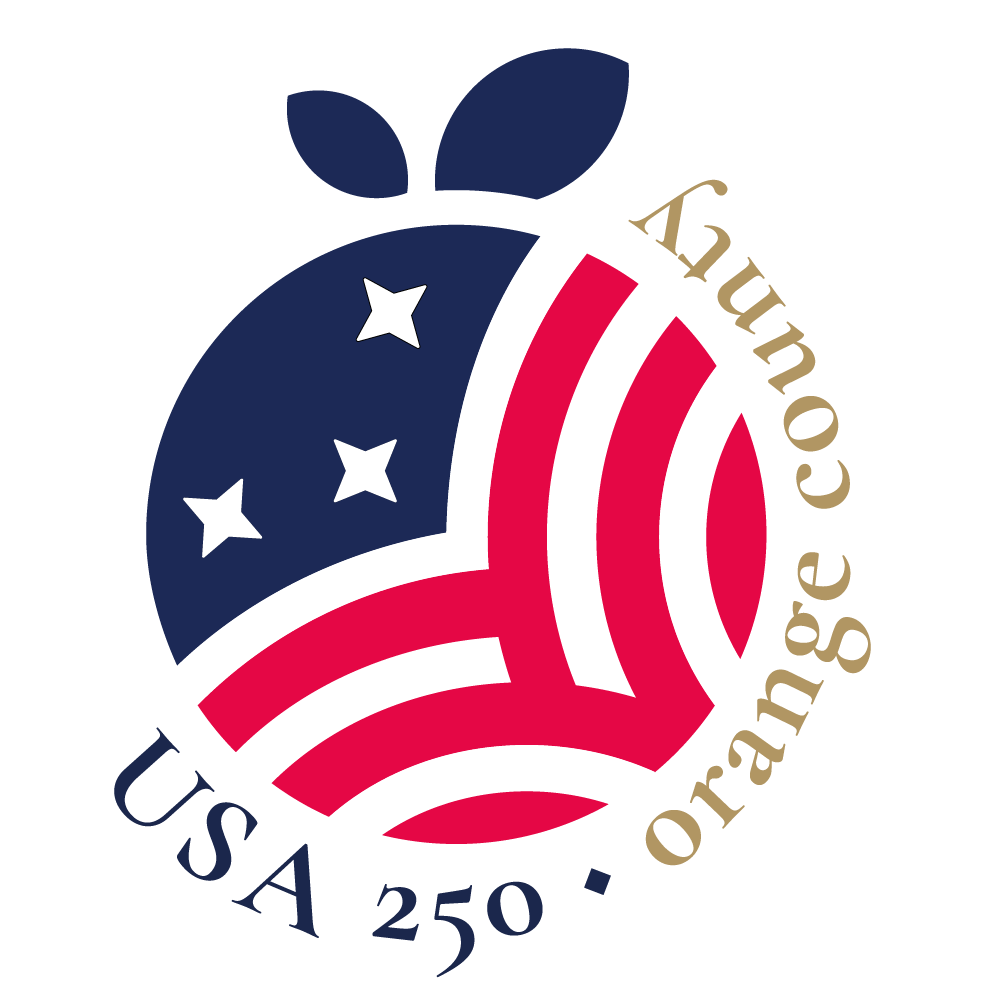
One of the most recognized, iconic paintings of the American founding is prominently displayed in the rotunda of the United States Capitol. Simply and appropriately called Declaration of Independence, it is one of eight oil-on-canvas paintings measuring 12 by 18 feet placed there between 1818 and 1824. Four of the eight were painted by John Trumbull.
The only problem with the event memorialized in the Declaration of Independence is that it never happened, at least not quite the way Trumbull portrayed it.
Trumbull was the son of Jonathan Trumbull, Sr., governor of Connecticut before and after the Revolution. John’s brothers served in the war for independence and one of them later became the second Speaker of the House of Representatives. John himself joined the Continental Army and served as aide-de-camp to General George Washington and deputy adjutant general to General Horatio Gates. After completing his military service, yet while the war continued to rage, Trumbull moved to London to study and continue his profession as an artist.
During his stay in London, American turncoat Benedict Arnold and British Major John Andre conspired to take control over the strategic fort at West Point in New York. The botched plot resulted in Arnold receiving a commission as brigadier general in the British army and Andre convicted and hanged as a spy by the Americans. Andre’s execution fueled anti-American sentiments in London. Unfortunately for Trumbull, known as a former American soldier whose rank was similar to Andres’s, Trumbull became the target for retaliation and was arrested for treason.
After seven months in Bridewell prison, lack of evidence, and assistance from noted British Parliamentarian Edmund Burke, Trumbull was released on the condition that he pay a fine and leave England. After the war, Trumbull returned to England, eventually deciding to paint a series of pictures of “the great events of the Revolution.”
Both in America and Europe, Trumbull had met the greatest of American leaders, including John Adams, Benjamin Franklin, John Quincy Adams, and Alexander Hamilton. He had struck up a close friendship with Thomas Jefferson and served on Washington’s staff. Over the years he had painted many of their portraits, both large and miniature. His own military experience would serve him well in this life-long, ambitious effort to record on canvas the founding of the United States.
Now. About that painting – Declaration of Independence – portraying five men presenting the Declaration to John Hancock, President of the Continental Congress, as Congress looked on. In his effort to depict this historical event with accuracy, Trumbull consulted Jefferson about the room of the Pennsylvania State House where the event took place and made a great effort to paint actual portraits of members of the Congress. Some he knew; others he sketched from portraits he had seen; still others he painted using their sons who resembled their fathers.
But recapturing history can be tough. The fact is that the men in the painting were never in the room at the same time. Five men are pictured who never signed, including John Dickenson, who refused to sign because he believed it was too premature. More than a dozen signers are not included, including Delaware’s Caesar Rodney who had ridden horseback all night through driving rain to cast the vote that made the Declaration possible.
Next, consider the chain of events in late June and early July, 1776. On June11, Congress appointed a committee to draft a declaration. On June 28, the Committee submitted its draft to Congress. On July 2, Congress voted for independence and began to substantially revise the document. On July 4, Congress adopted the final version, signed only by John Hancock and Charles Thomson, Secretary of Congress, and sent it to printer John Dunlap. Finally, on August 2, delegates began to sign, which took several months to complete.
Does the painting capture the signing of the Declaration, as has often been so interpreted, or what happened earlier when the Committee presented its draft to the Congress? Trumbull doesn’t tell us. He simply called the painting Declaration of Independence, not “Presentation” or “Signing” of the work. His personal notes don’t help either. He simply recorded that his intent was to “to preserve the resemblance of the men were the authors of this memorable act.”
But which act? And does it really matter? Even with its historical errors, John Trumbull’s magnificent painting encapsulates in one moment and on one large canvas one of the most momentous events in the history of the world. To him we owe our deepest gratitude. Have a $2 bill? The painting is on the reverse side!
